Material Thickness Meter / Echo Echo Material Thickness Gauge PCE-TG 300
PCE-TG 300
Availability : กรุณาติดต่อสอบถาม
Ultrasonic Echo-Echo Material Thickness Gauge
Large measuring range / up to 600 mm / pulse-echo or echo-echo mode /
for all homogeneous materials / print function via Bluetooth / USB connection
Information about the Ultrasound Echo-Echo Material Thickness Gauge
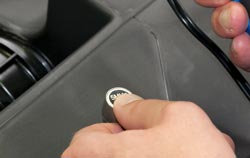 The ultrasonic echo-echo material thickness gauge from PCE Instruments is suitable for wall thickness measurement of homogeneous materials such as metals, plastics, glasses or resins by means of ultrasound in a measuring range of 0.65 … 600 mm. At a maximum resolution of 0.001 mm, even very small differences in wall thicknesses can be measured. For an exact measurement, first of all, the correct speed of sound of the material to be measured must be set in the ultrasonic echo-echo material thickness gauge. In the PCE-TG 300 thickness gauge, the speed of sound can be varied in 1 m / s increments, moreover the multi-point calibration is also possible. If the speed of sound of the material is not known, this can also be determined with the echo-echo material thickness gauge. If the thickness of the workpiece is known, this must be entered in the material thickness gauge. After the ultrasonic sensor has been placed on the workpiece, the sound speed of the material is displayed directly. The readings are displayed on a large LCD colour display with a possibility of easy navigation via quick select buttons. Measured values can be stored in the internal memory of the echo-echo wall thickness gauge. For evaluation, these data can either be evaluated via the optionally available PC software or printed directly via Bluetooth on the printer. The functionality of the echo-echo wall thickness gauge is extended by means of optionally available probes. Probes with 2.5 MHz, 5 MHz and 7 MHz and different diameters are available, so that not only homogeneous standard materials but also highly damping materials such as cast materials or plastic as well as thin-walled components could be measured.
The ultrasonic echo-echo material thickness gauge from PCE Instruments is suitable for wall thickness measurement of homogeneous materials such as metals, plastics, glasses or resins by means of ultrasound in a measuring range of 0.65 … 600 mm. At a maximum resolution of 0.001 mm, even very small differences in wall thicknesses can be measured. For an exact measurement, first of all, the correct speed of sound of the material to be measured must be set in the ultrasonic echo-echo material thickness gauge. In the PCE-TG 300 thickness gauge, the speed of sound can be varied in 1 m / s increments, moreover the multi-point calibration is also possible. If the speed of sound of the material is not known, this can also be determined with the echo-echo material thickness gauge. If the thickness of the workpiece is known, this must be entered in the material thickness gauge. After the ultrasonic sensor has been placed on the workpiece, the sound speed of the material is displayed directly. The readings are displayed on a large LCD colour display with a possibility of easy navigation via quick select buttons. Measured values can be stored in the internal memory of the echo-echo wall thickness gauge. For evaluation, these data can either be evaluated via the optionally available PC software or printed directly via Bluetooth on the printer. The functionality of the echo-echo wall thickness gauge is extended by means of optionally available probes. Probes with 2.5 MHz, 5 MHz and 7 MHz and different diameters are available, so that not only homogeneous standard materials but also highly damping materials such as cast materials or plastic as well as thin-walled components could be measured.
Measuring Principle of the Ultrasonic Material Thickness Measurement
The human ear is able to detect sound frequencies of up to max. 16 kHz, frequencies above this limit are not audible to humans and are referred to as ultrasound. This ultrasound is used in industry in various fields, e.g. for welding, cleaning, non-destructive error testing (NDT) or material thickness measurement. Ultrasound is absorbed, reflected, scattered or transmitted depending on the material. The material thickness measurement by means of the ultrasound is particularly suitable for all sound-conducting materials with a homogeneous structure in which few scattering and reflection effects occur. Ideal, for example, are metallic materials such as steel, because the microstructure conducts the ultrasounds waves within the material very well whereby high penetration depths and clear reflection echoes are generated at the interfaces.
 The essential parameters in relation to the material are the speed of sound and the sound attenuation. In the case of the sound attenuation, one should differentiate between sound absorption and sound scattering. The sound absorption is caused by the transformation of the sound energy into the other forms of energy, e.g. warmth. As a result, the strength of the useful signal is reduced, because of which the shortened running times in the material during the material thickness measurement occur. Since the absorption depends on the frequency of the test head, it is possible, that the absorption is weakened by the reduction of the test frequency, as a result, the higher penetration depths are possible. The sound attenuation is caused by scattering effects at the core boundaries of the material structure. Also, here, the sound scattering is increased because of the increase of the test frequency, even disproportionately higher compared to the absorption. In the material thickness measurement of highly sound-weakening materials such as plastic or cast materials, better results can be partly achieved by reducing the test frequency.
The essential parameters in relation to the material are the speed of sound and the sound attenuation. In the case of the sound attenuation, one should differentiate between sound absorption and sound scattering. The sound absorption is caused by the transformation of the sound energy into the other forms of energy, e.g. warmth. As a result, the strength of the useful signal is reduced, because of which the shortened running times in the material during the material thickness measurement occur. Since the absorption depends on the frequency of the test head, it is possible, that the absorption is weakened by the reduction of the test frequency, as a result, the higher penetration depths are possible. The sound attenuation is caused by scattering effects at the core boundaries of the material structure. Also, here, the sound scattering is increased because of the increase of the test frequency, even disproportionately higher compared to the absorption. In the material thickness measurement of highly sound-weakening materials such as plastic or cast materials, better results can be partly achieved by reducing the test frequency.
When measuring the material thickness with ultrasound, one uses the wave impedances or the sound absorption and the sound velocities of different materials. The greater the differences in the wave impedances or acoustic resistance between adjacent materials, the clearer the reflections of the ultrasound can be determined. Air, for example, has a strong attenuation property related to ultrasound, so that strong reflection echoes occur at the interfaces between metals and air. This effect is used in the material thickness measurement to determine the wall thicknesses. At the same time, this effect also causes that coupling gel must be applied between probe and workpiece in order to bridge the air gap, which would prevent the transmission of ultrasound from the probe into the workpiece without the application of the coupling gel.
Ultrasonic Echo-Echo Material Thickness Measurement
During the ultrasonic echo-echo material thickness measurement several echoes are evaluated. This method of material thickness measurement is particularly suitable for coated workpieces. When the ultrasonic sensor is placed on the coated workpiece, the coating is included in the material thickness during the pulse-echo measurement. Here, an error occurs which is due to the different speeds of sound of the coating material and the base material. In a steel workpiece coated with plastic, there are differences between the sound velocities of 3000 … 4000 m / s. If the speed of sound in the meter is set to steel, the coating will be measured at a wrong speed of sound during the measurement of the total thickness of the material, which leads to an erroneous result. In addition, during the material thickness measurement, it is usually not the goal to measure the thickness of a coating – for this purpose, coating thickness meters are used – but the material thickness of the substrate. Due to the echo-echo function of the ultrasonic thickness gauge, the coating thickness is subtracted from the total material thickness. Thus, with the help of the ultrasonic echo-echo material thickness gauge, it is possible to measure the thickness of a coated workpiece, without including the coating thickness to the overall result.
Ultrasonic Sensors for Material Thickness Measurement
In the material thickness measurement, in terms of sensor selection, particularly the material structure of the material to be tested plays an important role. As already described, the more homogeneous the material structure is, the better the material thickness measurement works. Metal mesh structures are ideal, because the ultrasonic waves are directed through the material without large wastage. For cast materials, such as cast iron, the scattering losses due to graphite deposits are usually much bigger. As a result, the energy losses of the ultrasonic waves are larger whereby the penetration depths are reduced. For very inhomogeneous materials, such as GFK or CFK, the wall thickness measurement with a material thickness gauge is very difficult or often not possible.
To counter this problem, when it goes about the PCE Instruments ultrasonic echo-echo material thickness gauge, there is a possibility to select different sensors. As a basic rule, the more inhomogeneous the material is, the lower should the ultrasonic probe frequency be. The thinner the material thicknesses are and the more accurate the measurement should be, the higher the probe frequency should be selected. For thin-walled workpieces, for example, the 7 MHz ultrasonic sensor would be suitable. For cast materials and also for plastics, 2.5 MHz should be selected. As standard, the ultrasonic material thickness gauge is supplied with a 5 MHz E-E sensor. With 5 MHz one will be able to cope with a relatively large number of applications; just when more requirements arise in a specific area as described above, a probe change makes sense. The E-E function also makes it possible to measure wall thicknesses through coatings. The other probes do not have this feature.
The ultrasonic echo-echo material thickness gauge is also suitable for high temperature applications. For applications with high surface temperatures up to 300 ° C, a 5 MHz high temperature sensor can be used. It should be noted that special coupling gel is needed, which can withstand the corresponding temperatures. It should also be noted that sound velocities are temperature dependent. At higher temperatures, for a higher accuracy, it should be checked how big the potential deviations of the speed of sound because of the temperature changes are. For steel, the speed of sound gets reduced by about 1% at a temperature increase by about 50 ° C. Accordingly, in case of a 300 ° C-hot surface, the measurement deviations of a few tenths of a millimetre can occur, if a sound velocity, which is actually only valid for the corresponding material only at temperatures of approximately 20 ° C, is entered in the material thickness gauge.
– large measuring range
– various sensors available
– battery operation
– error and voids detection
– internal measurement data memory
– Print via Bluetooth
เฉพาะลูกค้าที่เข้าสู่ระบบ และเคยซื้อสินค้าชิ้นนี้แล้วเท่านั้น ที่เขียนบทวิจารณ์ได้
สินค้าที่เกี่ยวข้อง
PCE-TG 300-ICA
เครื่องวัดความหนา
PCE-TG 110
เครื่องวัดความหนา
PCE-CT 10
เครื่องวัดความหนา
PCE-CT 100
เครื่องวัดความหนา
เครื่องทดสอบความหนาของเหล็กและวัสดุที่ไม่ใช่เหล็ก
เครื่องวัดความหนา
PCE-TG 120
เครื่องวัดความหนา
PCE-USC 20
PCE-TG 50-ICA

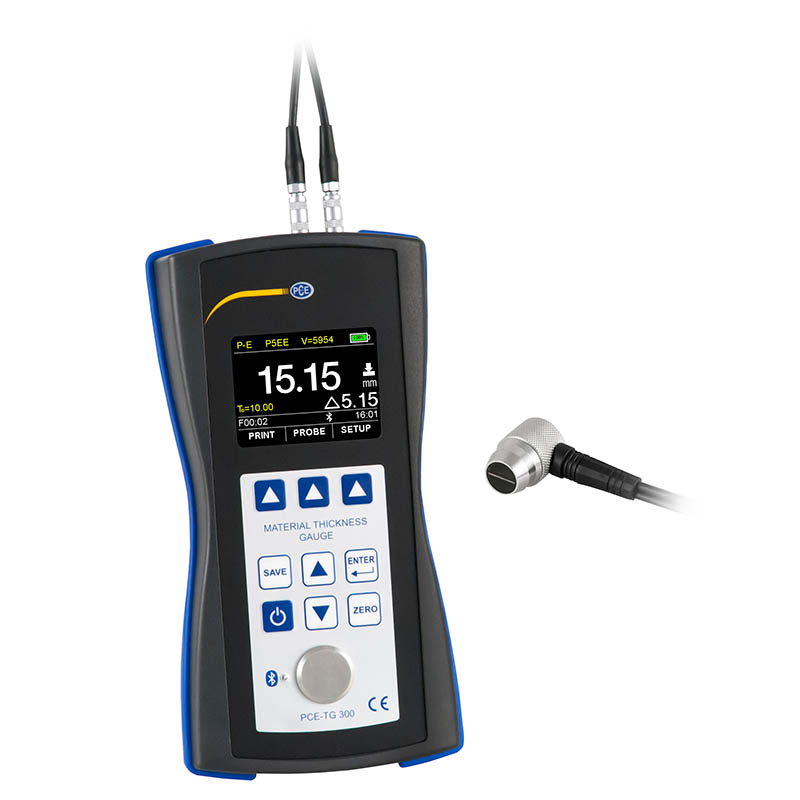
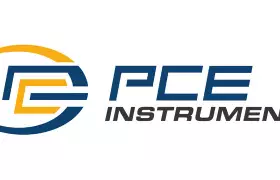

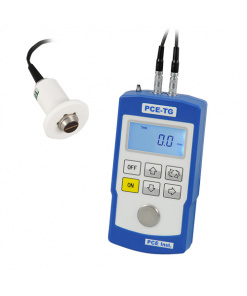

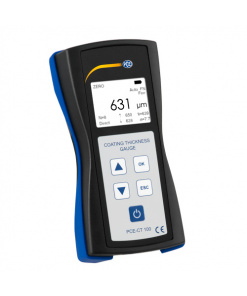
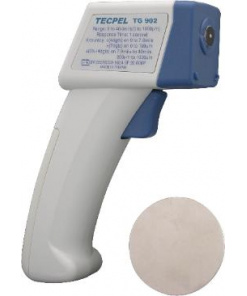
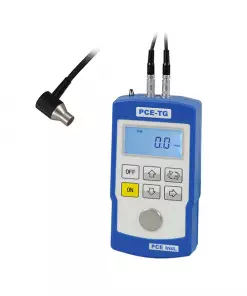


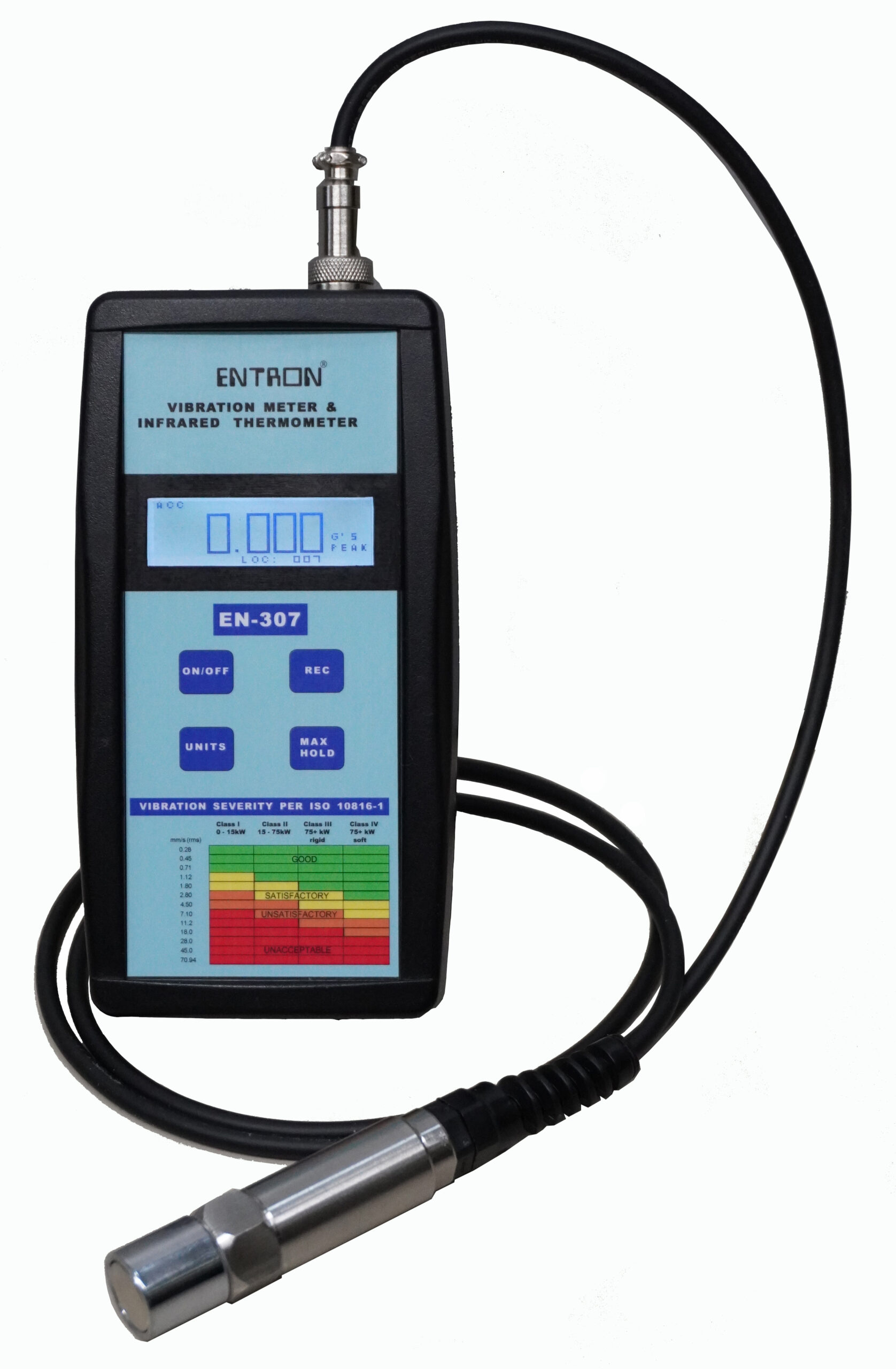
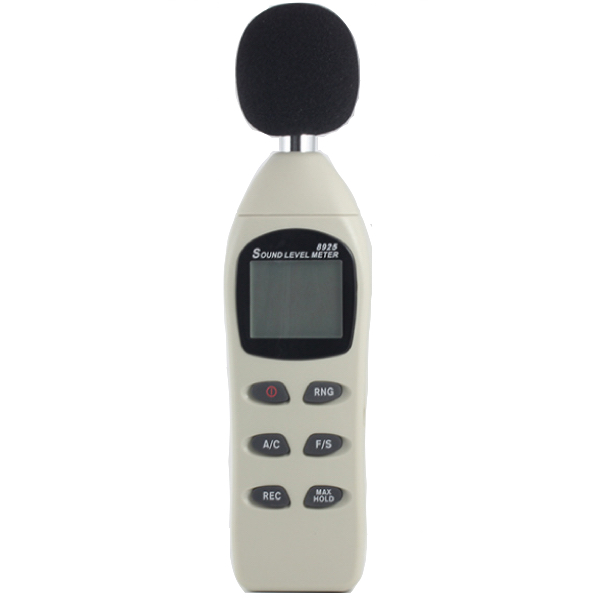
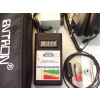
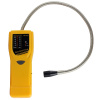
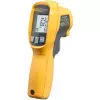
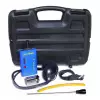
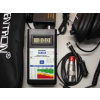
รีวิว
ยังไม่มีบทวิจารณ์